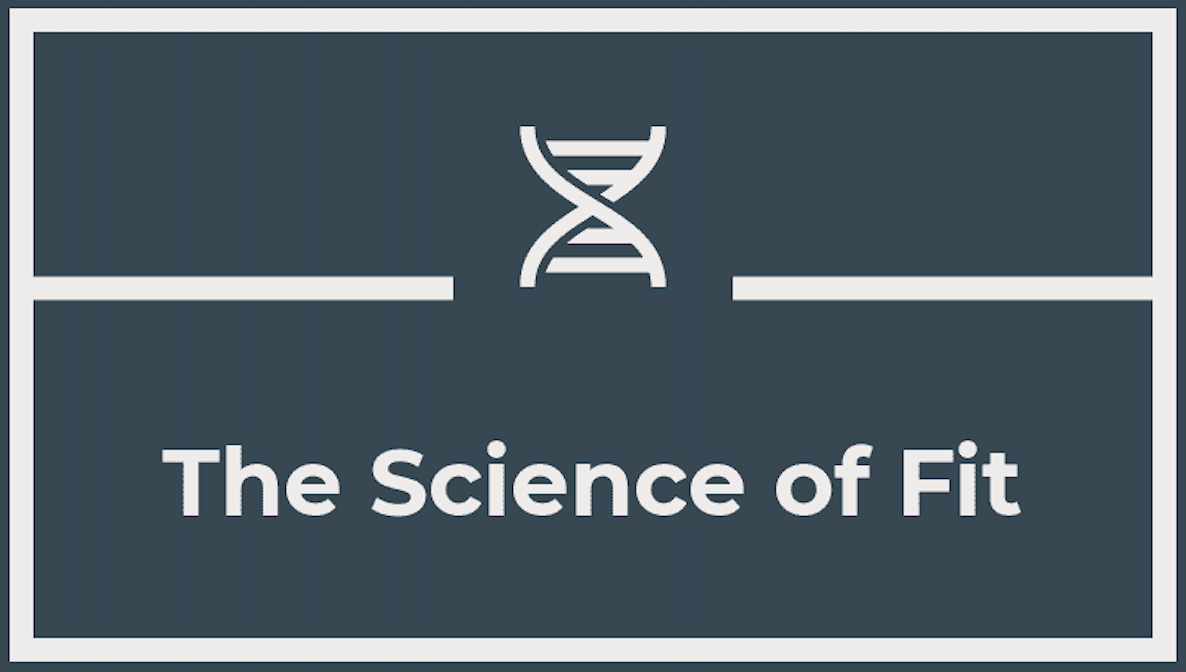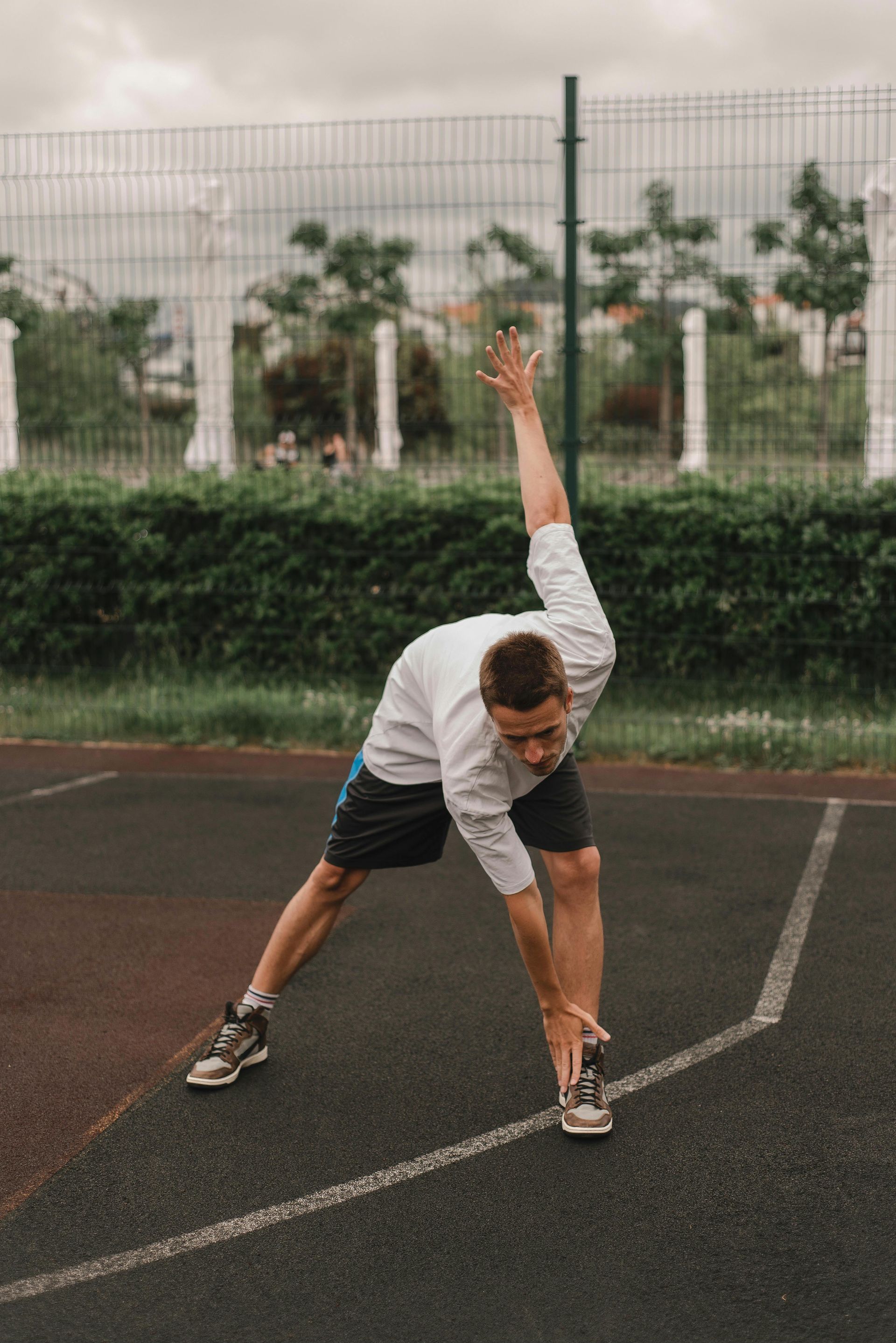DB Tricep Kickbacks
Dumbbell tricep kickbacks are an isolation exercise that targets the triceps, helping to tone and strengthen the back of your arms. Here's a step-by-step guide on how to perform dumbbell tricep kickbacks:
Muscles Targeted:
- Primary: Triceps
- Secondary: None
Equipment Needed:
- Dumbbells
Steps:
- Set Up:
- Stand with your feet shoulder-width apart. Hold a dumbbell in each hand.
- Bend your knees slightly and hinge forward at your hips. Keep your back straight, chest up, and maintain a neutral spine.
- Starting Position:
- Hold a dumbbell in each hand, and your palms should face each other. Your upper arms should be close to your torso, and your elbows should be bent at a 90-degree angle. This is the starting position.
- Extension:
- Inhale and brace your core.
- Exhale as you extend your arms straight behind you, bringing the dumbbells backward. Focus on straightening your elbow while keeping your upper arms stationary.
- Squeeze at the Top:
- At the top of the movement, your arms should be fully extended straight behind you. Squeeze your triceps to maximize the contraction.
- Hold:
- Hold the fully extended position for a brief moment to emphasize the engagement of the triceps.
- Return:
- Inhale and slowly bend your elbows, bringing the dumbbells back to the starting position.
- Repetition:
- Perform the desired number of repetitions, maintaining control and focusing on the contraction of the triceps.
- Focus on Form:
- Keep your upper arms close to your torso throughout the movement; avoid swinging or using momentum.
- Ensure that the movement is coming from the elbow joint, not the shoulder.
- Finishing:
- Once you've completed the set, carefully lower the dumbbells to your sides.
Tips:
- Choose an appropriate weight that challenges you but allows you to maintain proper form.
- Focus on a slow and controlled movement to maximize muscle engagement.
- Keep your back straight and avoid rounding your shoulders during the exercise.
- This exercise can also be performed one arm at a time if you prefer.
As with any exercise, if you have any pre-existing conditions or concerns, it's advisable to consult with a fitness professional or healthcare provider before incorporating new movements into your workout routine.
Contact Us
Contact Us
Thank you for contacting us.
We will get back to you as soon as possible
We will get back to you as soon as possible
Oops, there was an error sending your message.
Please try again later
Please try again later





